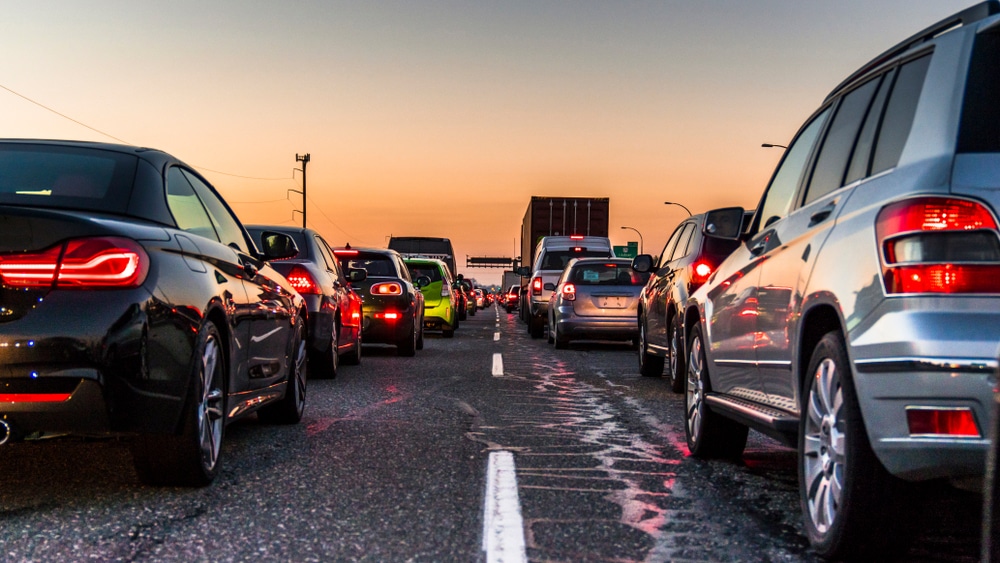Making equitable congestion charging effective


James Thorpe
Share this content
Research shows that congestion charging can reduce traffic volumes in cities by as much as 30%. But perceived unfairness in how charges are applied can make these types of schemes very unpopular, especially at first.
Smart video solutions can support far more equitable congestion charging approaches, leading to faster acceptance and improved traffic management outcomes, says Juan Sádaba, ITS Business Development Manager, Hikvision Spain.
Congestion charging can be a powerful tool in the fight against traffic congestion and resulting vehicle emissions. So much so, in fact, that empirical data from London, Singapore and Stockholm show congestion reductions of between 13% and 30%.
But, while congestion schemes and tolling can help in the fight against excessive traffic on city and highways networks, they can also be very unpopular with local people when they are first deployed.
To increase acceptance for congestion charging, authorities need to effectively communicate the overall benefits to road users, especially in terms of shorter journey times and improved air quality. Additionally, convenient, fair and flexible payment systems are needed to ensure that schemes are accepted by road users quickly and comprehensively.
Supporting fair, effective congestion charging with smart video
A wide range of technologies are needed to support congestion charging, from AI-powered smart cameras to radio frequency identification tags (RFID), GPS and wireless communications networks.
However, smart video is critical for ensuring that congestion charging schemes are as effective and equitable as possible based on a number of key capabilities:
Recognise vehicle type and emissions band
The latest AI-powered smart video solutions can differentiate between different types of vehicles and apply congestion charges based on their emissions rating. This can often be achieved with algorithms that recognise vehicle size, shape and model, allowing charges to be applied accordingly. Where this feature is not available, the vehicle type and emissions band can be determined using ANPR (license-plate recognition) technology, which allows vehicle registration details to be cross-referenced by local authorities and their databases. In either of these cases, drivers are charged according to the type and emissions rating of their vehicle, a more equitable approach that is generally better accepted by road users.
Support fairer, distance-based congestion-charging
Congestion charging is often seen as unfair when a single charge is levied for any vehicle entering the zone. This means that the cost is the same, whether a vehicle crosses the controlled area just once or circulates for the entire day. To address this, some authorities are experimenting with innovative schemes, such as distance-based congestion charging. By recognising vehicles, and their license plates, smart video can support this kind of model, which has the potential to increase acceptance of congestion charging schemes in the future.
Enable dynamic charging depending on real time traffic conditions
With traditional schemes, drivers often pay full price to enter congestion charging zones even when traffic is light. With the ability to provide real time traffic ‘awareness’, smart video can support other models where drivers pay more during peak hours or when congestion is heavier. This ensures that drivers pay less when roads are clear, giving them better value and a better overall travel experience.
Detect ‘exceptions’ and allow them free access to controlled areas
In fair congestion charging schemes, certain vehicles and drivers should be able to enter and leave controlled zones without charges being levied. This applies, for example, to drivers who live in congestion-charging zones and to some commercial vehicles, including taxis or other ground-transport or delivery vehicles. With smart video, these ‘exceptions’ can be recognized and permitted to enter and leave controlled areas without being charged.
Get started today
When it comes to creating and deploying more effective, more equitable congestion-charging schemes, Hikvision ITS solutions can help. Specifically, our solutions can be used by authorities to provide the real time traffic awareness they need to support dynamic pricing and other innovative congestion-charging models. What’s more, our AI-powered cameras can help identify vehicles, their emissions ratings and their eligibility to pay charges, in real time, to support fairer schemes and accelerate acceptance.
To find out more information, please click here.



